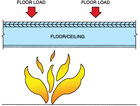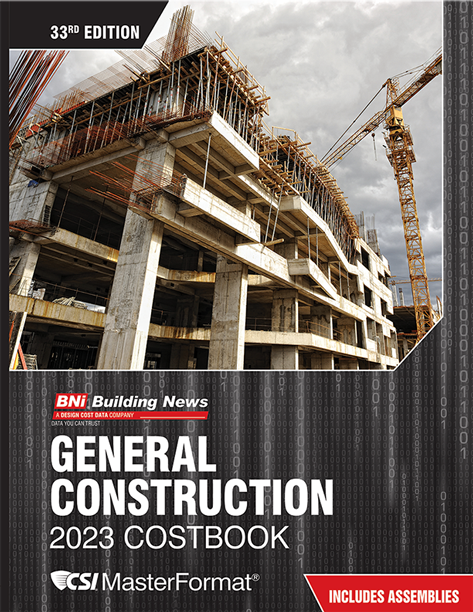

There are several significant changes with regard to fire-rated walls and the new I codes. Unfortunately, it seems the code has moved in a direction to allow what is known in the industry as “trade-offs.” This means designers can reduce the required fire rating of many walls or expand the building size and/or height with the use of fire sprinklers. Fire sprinklers are referred to as active fire protection. The use of plaster, gypsum wallboard or a spray-applied fireproofing is known as passive fire protection. This type of protection is on call 24/7 and does not rely on mechanical systems or alarms to properly function. The wall and ceiling experts have concerns about these trade offs; most experts I work with like and encourage the use of fire sprinklers, but not at the sake of abandoning the 24/7 passive fire protection.
There are also major changes in terminology. The new terms for fire-rated partitions are as follows and there are differences:
• Fire walls
• Fire Barriers
• Fire Partitions
• Smoke Barriers
• Smoke Partitions
It should be noted that the degree of regulation to the construction of each is also per the order listed, 1 being the most restrictive for fire safety and 5 being the least. I will focus on the differences in a future Cracking the Code column.
I believe your question is specifically in regards to Section R309 of the 2003 International Residential Code dealing with Garages and Carports, item R309.2 Separation required.
This code section states, “garages shall be separated from residence and its attic area by not less than 1/2-inch (12.7mm) gypsum board applied to the garage side. Garages beneath habitable rooms above by not less than 5/8 inch (15.9mm) type X gypsum board or equivalent.” This is less stringent than the tested one-hour rated assemblies required in some older codes.
A word of caution before installing a single layer 1/2-inch gypsum on the garage side of the wall and thinking you have met the code requirements. Every city, municipality or county may adopt and alter the code. For example, in Juneau, Alaska, the code authorities have decided to modify the model code section of IRC R309.2 and amend that section to more closely reflect the 1997 Uniform Building Code. Basically requiring a layer of 5/8-inch type X gypsum wallboard on each side of the partition is required to meet the code for a one-hour rated partition. This is significant because the capital city of any state has influence on other municipalities and future state code amendments.
So before assuming the IRC section, call the local building department and ask. I would suggest phrasing the question “Are there any modifications to section R 309.2 of the 2003 IRC in your city?”




Report Abusive Comment